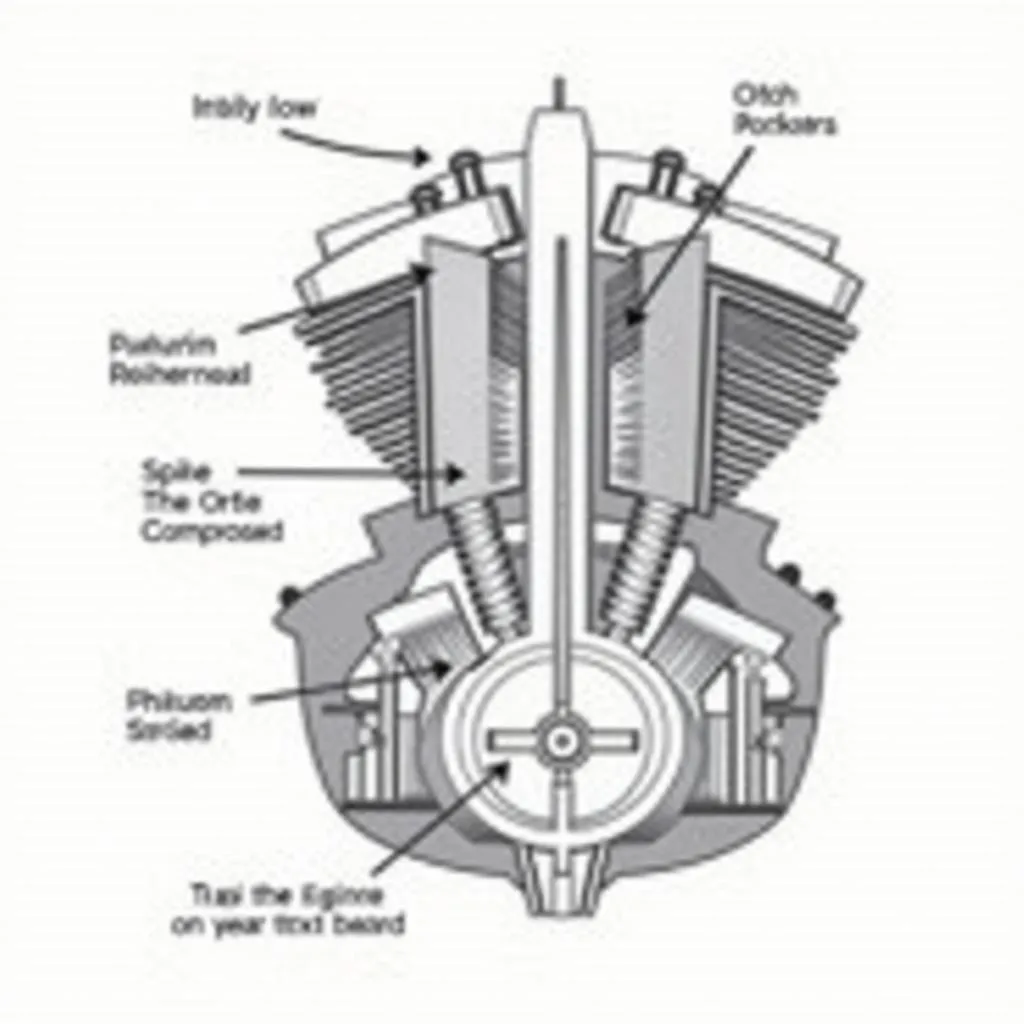The Otto engine is the driving force behind millions of vehicles worldwide. To understand and effectively repair it, a deep understanding of the Otto cycle is essential. This article explains the detailed functionality of this process and its significance for car mechanics.
What is the Otto Cycle?
The Otto cycle describes the thermodynamic cycle of an internal combustion engine that uses gasoline or other Otto fuels. It is named after Nikolaus August Otto, the German engineer who invented this engine in the 19th century. The process consists of four distinct strokes that occur within a cylinder:
- Intake Stroke: The intake valve opens, and a mixture of fuel and air is drawn into the cylinder as the piston moves downward.
- Compression Stroke: The intake valve closes, and the piston compresses the fuel-air mixture in the cylinder.
- Power Stroke: The spark plug creates a spark that ignites the compressed mixture. The combustion causes a rapid expansion of gases, pushing the piston downward with great force.
- Exhaust Stroke: The exhaust valve opens, and the piston moves upward to expel the exhaust gases from the cylinder.
After the exhaust stroke, the cycle begins anew with the intake stroke.
 Diagram illustrating the four strokes of an Otto engine: Intake, Compression, Power, Exhaust
Diagram illustrating the four strokes of an Otto engine: Intake, Compression, Power, Exhaust
Importance for Car Mechanics
For car mechanics, a deep understanding of the Otto cycle is crucial for comprehending the operation of internal combustion engines and diagnosing faults.
Here are some examples of how knowledge of the Otto cycle can help with troubleshooting:
- Compression Issues: Insufficient compression pressure in the cylinder can indicate leaky valves, worn piston rings, or a faulty cylinder head gasket.
- Ignition Problems: Difficulties starting the engine or rough idling can be traced back to a faulty spark plug, a defective ignition wire, or a problem with ignition timing.
- Mixture Preparation: An incorrect air-fuel mixture can lead to power loss, increased fuel consumption, and higher emissions.
“A deep understanding of the Otto cycle is like reading a blueprint for an engine,” says Dr. Hans Meier, author of the book “Modern Vehicle Technology.” “It allows mechanics to understand the complex relationships within the engine and solve problems efficiently.”
 Car mechanic inspecting or repairing an engine
Car mechanic inspecting or repairing an engine
Common Questions About the Otto Cycle
Here are some frequently asked questions about the Otto cycle that car mechanics often receive:
- Why is the compression stroke so important?The compression stroke is crucial for engine efficiency. The higher the compression, the more energy can be extracted from the fuel.
- What factors influence the efficiency of the Otto cycle?Efficiency is influenced by factors such as compression ratio, mixture preparation, ignition timing, and heat dissipation.
- What are the differences between the Otto and Diesel cycles?The main difference is that in a Diesel engine, combustion occurs through the autoignition of the fuel due to high compression, while in an Otto engine, a spark plug is used for ignition.
Further Information
Further information on the topic of the Otto cycle and other important aspects of automotive technology can be found at autorepairaid.com. Our team of experienced car mechanics is happy to assist you with advice and support.
Contact us today to learn more about our services!

